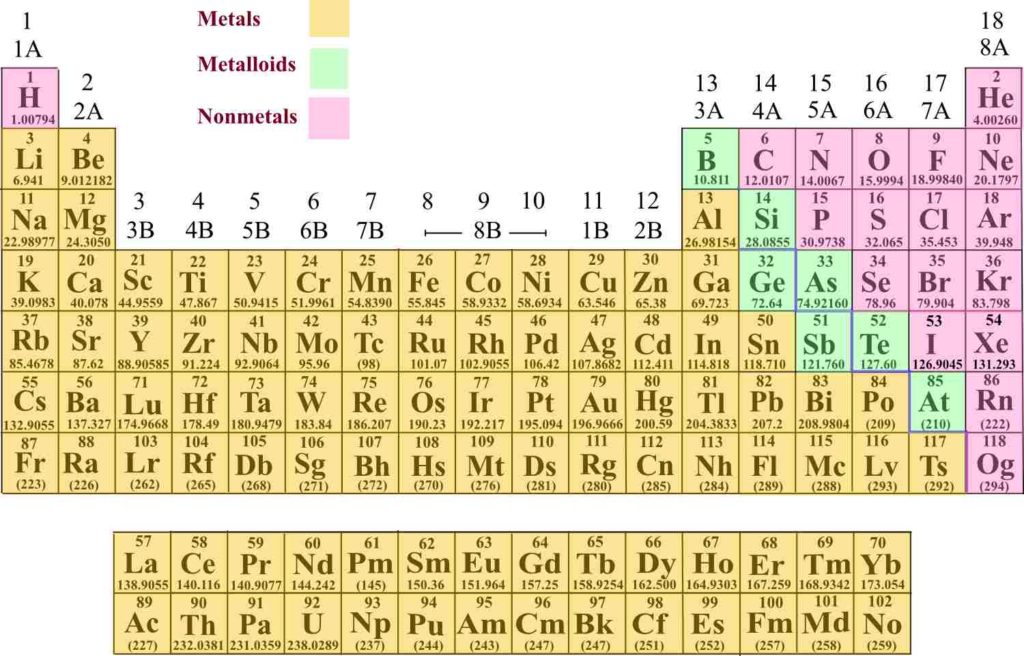Electron configurations for cations and anions are determined from the electron configuration of the parent atom. For example, sodium has an electron configuration of [Ne]3s1. Sodium will lose one electron from the 3s subshell to form Na+1. The configuration for the Na+1 ion is [Ne]. The Mg atom is in Group 2A of the periodic table and will lose 2 electrons to form Mg+2 ion. The electron configuration of Mg is [Ne]3s2. Once the two valence electrons are lost from the 3s subshell, the Mg+2 attains the electron configuration [Ne].
The phosphorous atom has an electron configuration of [Ne]3s23p3. When the neutral phosphorous atom gains 3 electrons, it becomes the P3- ion and the electron configuration of the ion is [Ar]. Oxygen gains two electrons to become the O2- ion and has an electron configuration of [Ne]. The main group elements will gain or lose electrons and acquire a noble gas configuration. The metals will lose electrons and acquire the electron of the noble gas preceding it on the periodic table. The nonmetals will gain electrons to acquire the electron configuration of the noble gas that follows it on the periodic table.
The octet rule states that main group elements undergo reactions that leave them with an octet, eight, electrons. Main group elements react so they attain a noble-gas configuration with filled s and p subshells in their valence shell. The exceptions to this rule are H and He. Hydrogen has only one electron in n = 2. It will sometimes gain an electron and become the hydride ion, H:–. It can also lose an electron to become the hydrogen ion, H+. Helium has a full outer shell, n = 2. It does not gain electrons.
The transition elements are all metals. They lose electrons from the outermost ns levels. Once the ns electrons are lost, more electrons can be lost from the (n – 1)d subshell. For example, Fe can lose 2 electrons from the 4s subshell to become Fe+2 ion with the electron configuration [Ar]3d6. When Fe loses 3 electrons to form the Fe+3 ion, two electrons are lost from the 4s subshell and one electron from the 3d subshell. The electron configuration for the Fe+3 ion is [Ar]3d5. The transition elements generally do not obtain a noble gas octet when they lose electrons because of the d subshells.
Exercises
Exercise 1. Write electron configurations for the following ions.
b) Br–
c) Al+3
d) P3-
Exercise 2. Write an electron configuration for the following ions:
b) Sn4+
c) Cr6+
Exercise 3. Write an electron configuration for an ion formed from Se.
Exercise 4. Write electron configurations for Cu, Cu+, Cu2-.
Exercise 5. Which +2 ion has the electron configuration 1s22s22p6?
Exercise 6. An ion has a +2 charge and an electron configuration [Ar]3d10. What is the identity of the ion?
Check Solutions/Answers to Exercises
Back to Periodic Trends and Ionic Compounds
Back to General Chemistry 1 Study Guides
Back to Home Page

